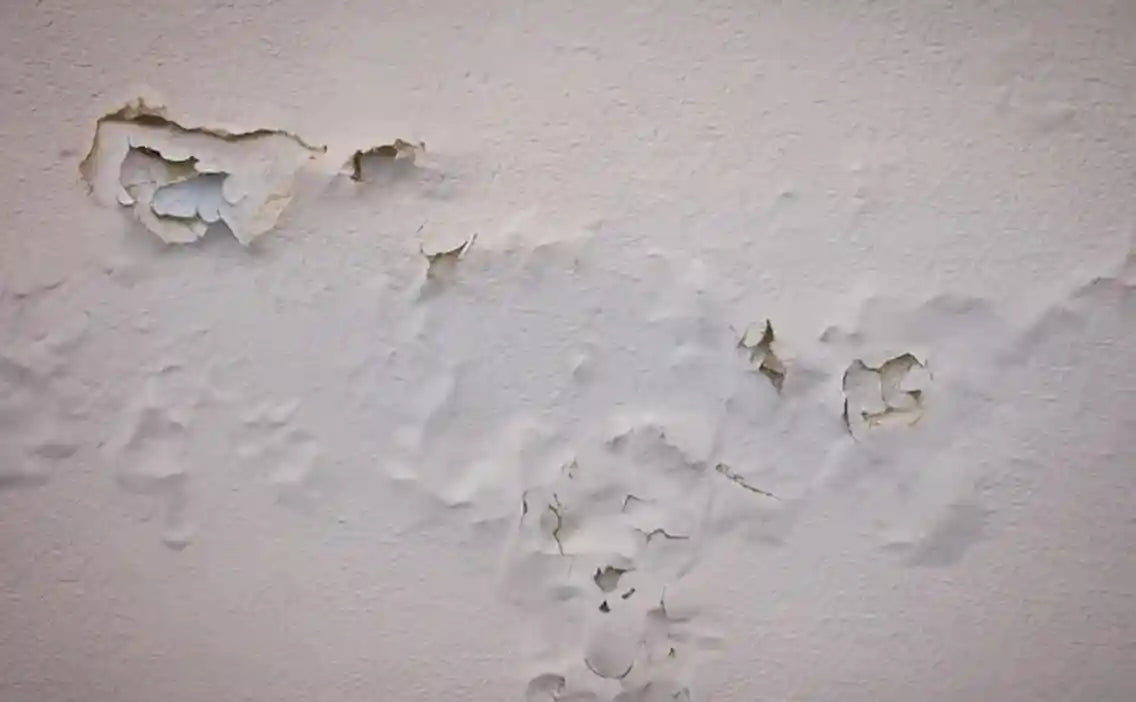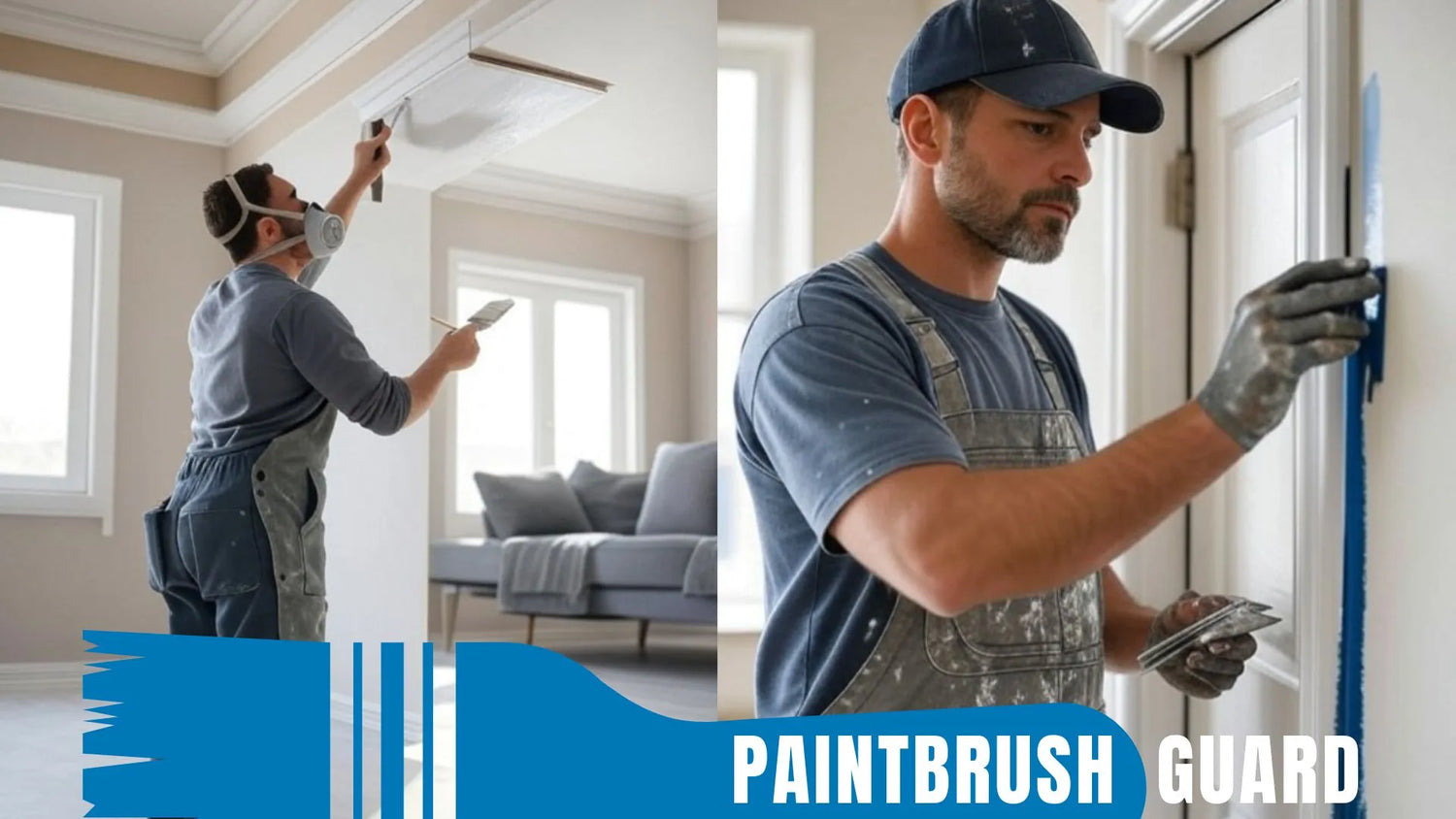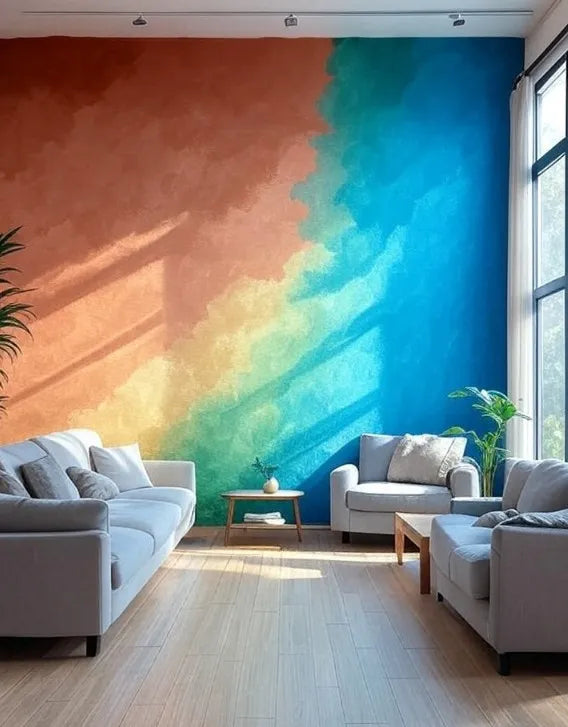
How to Avoid Common Mistakes in Painting Your Interior Walls
|
Time to read 4 min
|
Time to read 4 min
Painting interior walls can seem like a straightforward DIY task, but common mistakes often turn what should be a simple refresh into a frustrating redo. I've been helping friends and family with home projects for years, and I've seen how small oversights lead to big problems like uneven finishes or peeling paint.
By learning to avoid these common mistakes, you can achieve a professional look without the headaches. This guide draws from my experiences and expert insights to help you sidestep pitfalls, ensuring your walls look fantastic and last longer.
Painting interior walls? Our 10-step beginner guide with product recommendations ensures a flawless, professional finish for any room.
Common mistakes in painting interior walls aren't just annoying, they can cost you time and money. For instance, skipping prep work is one of the most frequent common mistakes, leading to poor adhesion and quick wear.
From my own projects, I've learned that ignoring these common mistakes results in walls that need touch-ups within months. Statistics from painting pros show that 70% of DIY failures stem from common mistakes like inadequate preparation or wrong tool choices.
Avoiding common mistakes not only improves aesthetics but also enhances durability, especially in high-traffic areas. Let's explore how to dodge these common mistakes for a flawless finish.
If you are planning to paint your house interior, in this article you will learn easy steps to make your home interior feel new again with step-by-step guides for all interior surfaces.
To avoid common mistakes, start with the right tools. A quality angled brush prevents sloppy edges, while a good roller with the correct nap avoids streaks, one of the common mistakes in application.
Don't forget painter's tape, drop cloths, and primer; these basics help evade common mistakes like paint splatters or uneven coverage. From experience, using cheap tools is a common mistake that leads to frustration.
Invest in mid-range items, about $50 worth, to minimize common mistakes and achieve better results.
Here, I'll break down the top common mistakes in painting interior walls and provide practical fixes.
By addressing these common mistakes, your project will go smoother.
Here are three bullet points with pro advice to help avoid common mistakes:
In summary, avoiding common mistakes in painting interior walls boils down to preparation, proper tools, and patience. From cleaning to priming, each step prevents common mistakes like unevenness or peeling.
By following this guide, you'll steer clear of common mistakes and enjoy durable, beautiful walls. Remember, common mistakes happen to everyone, but learning from them ensures success.
Want to master wall painting? Explore expert guides on prep, priming, cutting in, and fixing issues for a flawless finish!
Skipping preparation like cleaning and priming is the top common mistake, leading to poor adhesion and uneven results.
Load tools lightly and use steady strokes to prevent this common mistake; work in sections for control.
Yes, it's a major common mistake as it requires more coats and fades faster; choose quality for better coverage.
Dim conditions hide imperfections, a common mistake; use strong lights to spot issues early.
For minor common mistakes like streaks, sand lightly and touch up; major ones may need a full recoat.

Learn about eco-friendly painting, tips and tutorials on house interior and exterior surfaces, so you can get started with your project without any surprices during or after your painting.

Learn how interior house paint colors influence mood with expert tips on room preference so you can pick the best colors for a harmonious home environment.
We focus on the most popular shades for each interior colors, so you don't miss no matter what color you pick.

Learn how this innovative tool allows you to store paintbrushes without the need for immediate cleaning, offering significant advantages in time savings, water conservation, reduced chemical pollution, and lower costs for supplies.